Residents in Western Australia’s far north have been warned a tropical cyclone is intensifying and moving south toward them.
Tropical Cyclone Seroja—Indonesian for lotus flower—formed early on Monday morning about 590 km northwest of Kalumburu in the Kimberley region, the Australian Bureau of Meteorology (BOM) says.
The category one system is tracking southwest and is expected to continue intensifying in the coming days as it slowly skirts along the coast.
There is the risk the cyclone will approach the west Pilbara on Thursday, BOM said in a statement.
However, it’s not expected to impact communities in the next 48 hours.
The warning comes as residents in northwest WA were urged to stay up to date with weather forecasts.
As the final month of cyclone season begins, a late burst of tropical activity is brewing, a spokesman said.
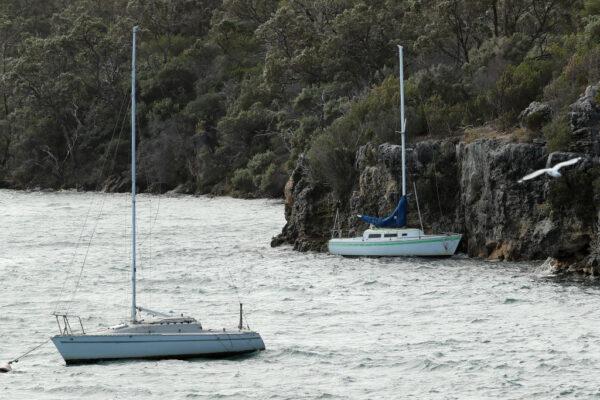
Visitors to the region should also be prepared to change their plans if the threat of a cyclone impact increases.
Cyclones that form late in the season have a greater chance of becoming severe, BOM said.
That’s because they tend to form further in the north, giving them more time to develop.
Two late-season cyclones have previously wreaked havoc in WA.
Australia’s fourth strongest documented cyclone, Orson, slammed into the WA coast at Dampier in the Pilbara region in April 1989.
The category five system caused about US$16 million worth of damage with 70 per cent of homes in nearby Pannawonica affected.
Cyclone Olivia set a world record for wind speed in April 1996 with gusts of 408 km/hr recorded at Barrow Island, 50 kilometres off the Pilbara coast.
It reached category four before accelerating southeast towards WA’s goldfields region and Eucla on the Great Australian Bight in the state’s south.
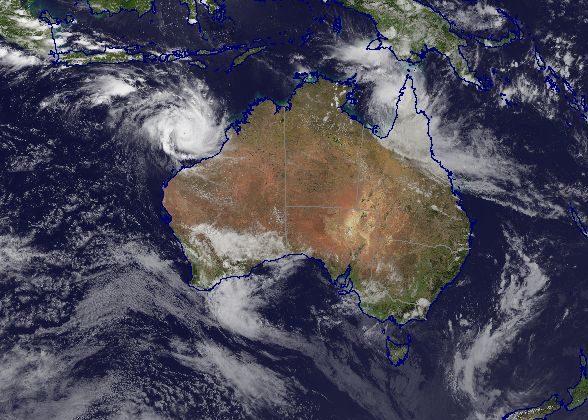

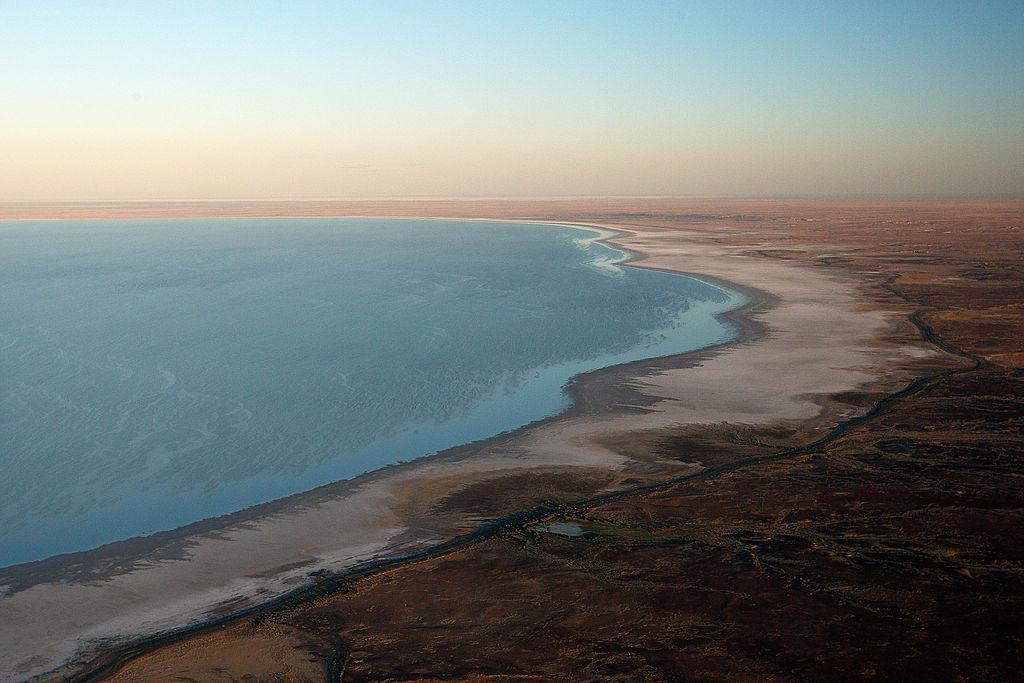
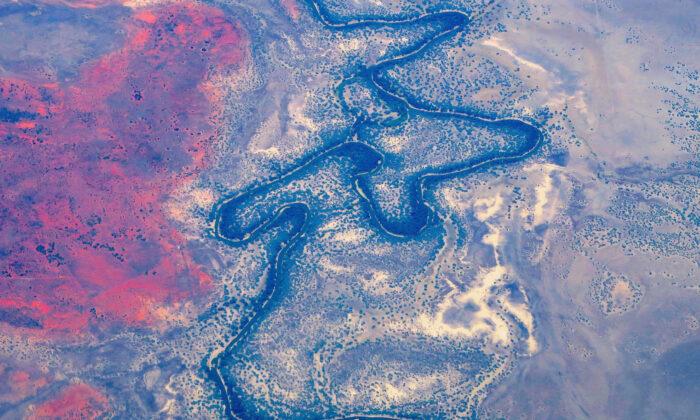
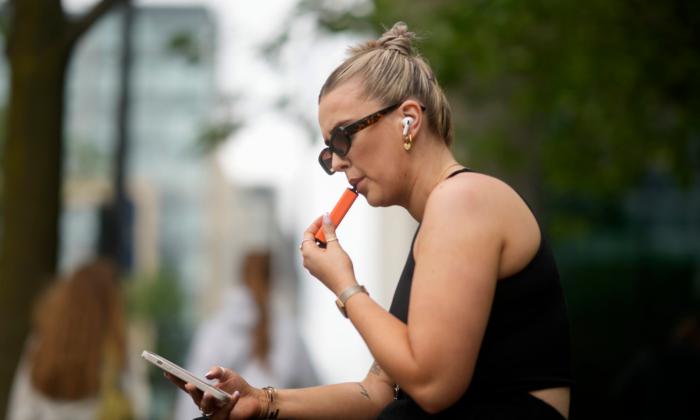
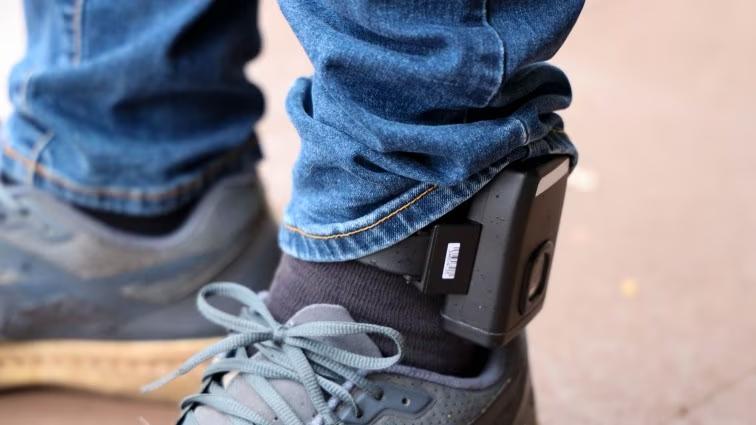
Friends Read Free